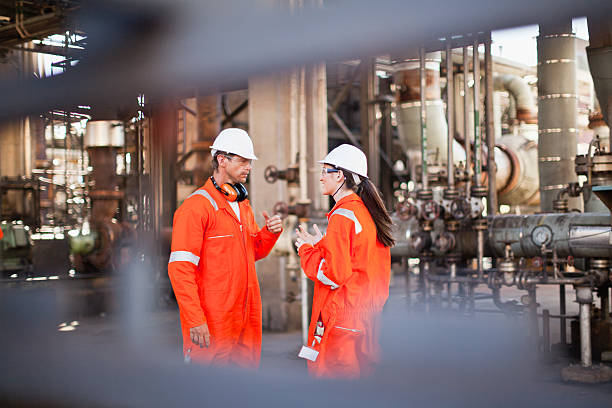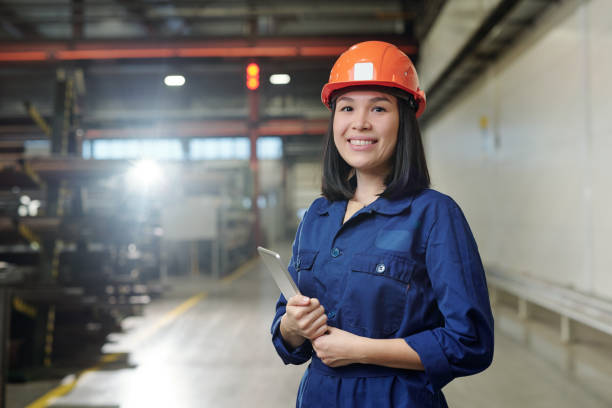Construction sites are bustling hubs of activity where workers face numerous hazards daily. From heavy machinery and falling objects to exposure to chemicals and harsh weather conditions, construction workers are constantly at risk. In such environments, coveralls play a crucial role in enhancing safety and protecting workers from a wide range of hazards.
Understanding the Role of Coveralls in Construction Safety
Coveralls are a type of protective clothing designed to cover the entire body, providing protection against various workplace hazards. In the construction industry, where workers are exposed to risks such as abrasions, cuts, burns, and chemical exposure, coveralls offer a comprehensive solution for safeguarding workers’ health and well-being.
Key Features of Construction Coveralls
- Durability: Construction coveralls should be made from durable materials that can withstand the rigors of the job site, including abrasion-resistant fabrics that protect against tears and punctures.
- High-Visibility: Many construction coveralls or hi vis overalls come in bright colors with reflective strips to enhance visibility, making workers more easily seen in low-light conditions or in the vicinity of moving vehicles and machinery.
- Weather Protection: Weatherproof coveralls help protect workers from the elements, including rain, wind, and cold temperatures, ensuring comfort and safety in adverse weather conditions.
- Flame Resistance: Flame-resistant coveralls are essential for workers who may be exposed to fire hazards, such as welding and cutting operations, providing an extra layer of protection against burns and thermal injuries.
- Breathability: Breathable coveralls allow for airflow to prevent overheating and discomfort, particularly in warm climates or during strenuous activities.

Benefits of Using Coveralls in Construction
- Injury Prevention: Coveralls protect workers from cuts, scrapes, burns, and other injuries caused by contact with sharp objects, abrasive surfaces, or hazardous materials.
- Compliance with Safety Regulations: Employers who provide appropriate PPE, including coveralls, demonstrate compliance with OSHA regulations and prioritize worker safety, reducing the risk of fines and penalties.
- Enhanced Productivity: When workers feel safe and comfortable in their protective gear, they can focus on their tasks more effectively, leading to increased productivity and efficiency on the job site.
Also read: Guide to Selecting The Right Hi Vis Work Jackets
Best Practices for Selecting and Using Construction Coveralls
When choosing coveralls for construction work, consider the following best practices:
- Conduct a Hazard Assessment: Identify the specific hazards present on the job site, such as falling objects, chemical exposure, or fire risks, and select coveralls that provide appropriate protection against these hazards.
- Choose the Right Size: Proper fit is essential for ensuring maximum protection and comfort. Select coveralls that allow for freedom of movement without being too loose or too tight.
- Inspect Regularly: Inspect coveralls before each use for signs of wear and damage, such as tears, holes, or missing reflective strips. Replace damaged coveralls promptly to maintain effectiveness.
- Follow Care Instructions: Follow manufacturer recommendations for cleaning and maintenance to ensure the longevity and performance of the coveralls. Proper care also helps preserve protective properties such as flame resistance and waterproofing.
Read more: Coveralls vs. Overalls: Decoding the Style and Functionality
Conclusion
Coveralls are vital for the safety of construction workers. They protect against various hazards like cuts, burns, and chemical exposure. By choosing the right coveralls with features like durability, high-visibility, weather protection, and flame resistance, employers can ensure their workers stay safe and comfortable on the job site. Regular inspection and proper care are essential to maintain the effectiveness of coveralls.

